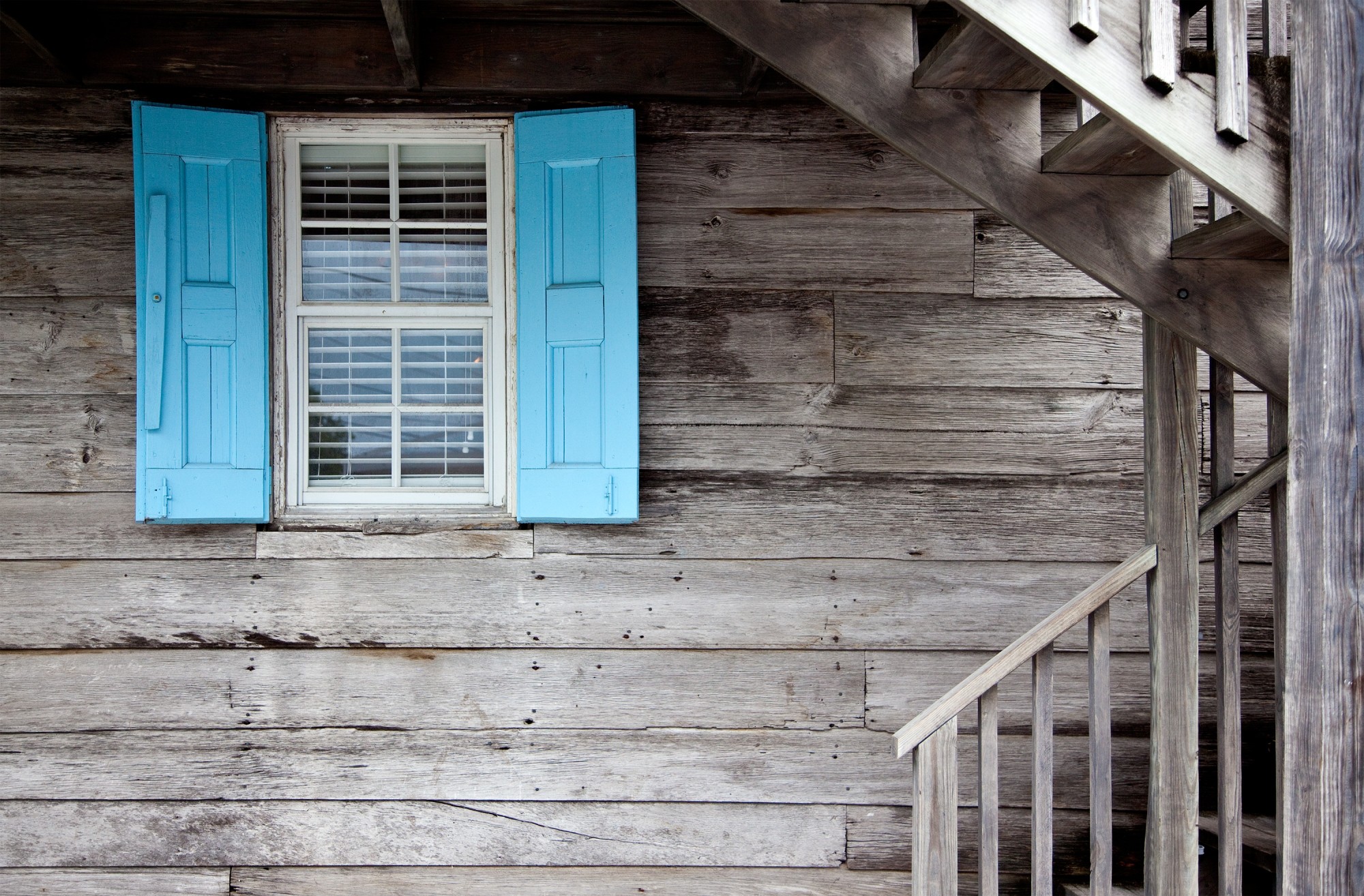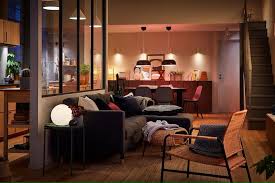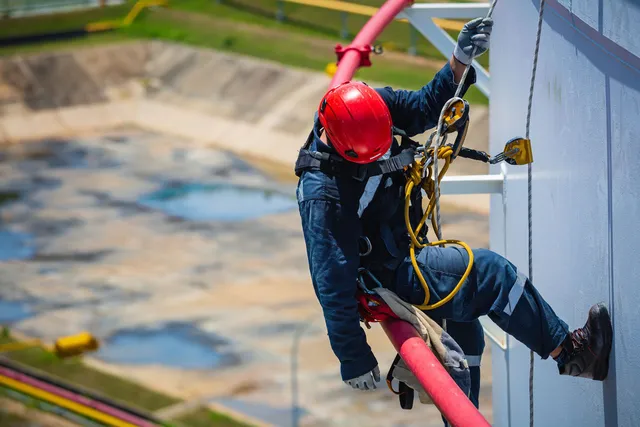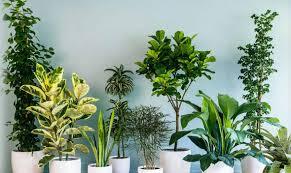It’s no shock that the pandemic set off a huge wave of home renovations. Day after day of staring at things that bother you is enough to make almost anyone take action. Of course, once you get past the most popular home renovation options, what comes next?
After all, there are only so many rooms to paint, and only so much landscaping you can do before the cold weather arrives. If you’re at that point, it’s likely time that you consider shutters.
Never thought about them before? Keep reading for five popular types of shutters that you should know about.
1. Raised Panel Shutters
Odd are good that, at some point, you wandered through someone’s kitchen and noticed the paneled doors on their cabinets. The four edges of the panel weren’t flat but sloped up to meet the surface of the panel.
They call these raised panel doors. Many people like them because they add a decorative element to the doors and the kitchen overall.
Raised panel shutters adopt the same overall design style. The main difference is that shutters usually employ two panels connected using basic stile and rail construction. Stiles are the vertical pieces of wood, while rails are the horizontal pieces.
Raise panel construction is one of the more traditional looks for shutters, which makes them ideal for homes that adopt a traditional look. While wood is the most traditional material for shutters of all kinds, it’s also a higher-maintenance option. It typically calls for yearly staining and sealing or painting.
2. Cut-Out Shutters
Starting sometime around the 1920s a new fashion cropped up with shutters. Rather than the classic raised panel shutters that employed two panels, cut-out shutters came into vogue.
Your basic cut-out shutter uses the same kind of stile and rail construction, but they often featured only one large panel. What sets them apart is that a design was typically cut out in the upper third of the panel. Of course, there is no single defining design.
Common designs included anchors, moons, stars, or basic geometric patterns. The only real limitation was the owner’s imagination and the skill of the craftsperson making the shutters.
In this day and age of CNC router machines, the sky really is the limit in terms of your design options. If you want a cat shape, a candle, or even an open book shape, it’s within reach.
You can also choose from lots of existing designs that companies mass produce using popular shapes.
3. Board and Batten
Board and batten shutters are probably one of the earliest, if not the earliest, approaches to shutter design. They’re also the simplest type of exterior shutters around. With board and batten, you have a few vertical pieces of wood connected by one or two cross-pieces or battens.
You do see some variation with board and batten designs. Some people prefer that the vertical boards come with a little space between them. No great surprise here, they’re called spaced or open shutters.
The other main option is, you guessed it, joined or closed shutters. With joined shutters, the vertical pieces come with no space between them. If the shutters are made from wood, the pieces are likely glued together and cut before attaching the battens.
If you get closed, PVC board and batten shutters, the entire surface piece will likely come as one unit that gives the impression that it’s made from several pieces of wood. You may want an option that mimics a wood grain surface for ground floor shutters.
4. Shaker Style Shutters
Of course, exterior shutters aren’t the only kind of shutters in the world. You can also install interior shutters, as well. One of the more popular options is Shaker style shutters.
The Shakers were a religious group that flourished during the early to mid-1800s, which is around the same time their particular design style became popular. The Shaker furniture style emphasizes simplicity and a minimalist sensibility.
At first blush, Shaker shutters resemble raised panel shutters. They use the same stile and rail construction method.
What really differentiates them is that Shaker shutters are flat panel shutters. They don’t use that upward, decorate slope around the edges of the panel.
You will sometimes see raised panel shutters or doors advertised as Shaker style. If what you want is that simplicity in design, look for the flat panel.
5. Cafe Shutters
Another popular option among shutter enthusiasts for interior shutters is cafe shutters. Unlike almost all other kinds of shutters, these shutters only cover the bottom half of the window.
The story goes that these shutters take inspiration from actual shutters found in French cafes. Their primary purpose was less about keeping light out than providing patrons a certain level of privacy as they sat by the windows.
Unsurprisingly, homeowners often look to cafe shutters to provide the same function. By leaving the upper portion of the window uncovered, natural light filters into the room. Yet, anyone sitting near the window can avoid having a nosy neighbor watch them while they relax.
These are typically louvered shutters, which lets you open or close the blinds to your own comfort level. Installing interior shutters is a trickier business than installing exterior shutters. Most people prefer that a shutter company, such as ShuttersUp, handles the work.
The last thing most homeowners want is an accident that destroys a window while they try to DIY install cafe shutters.
Picking Between Types of Shutters
Deciding between types of shutters isn’t always an obvious choice. While you should take account of your own preferences, you should also take account of the existing style of your neighborhood.
For example, while you might love Shaker style shutters, they’ll stick out in a bad way in a neighborhood filled without cut-out shutters. By the same token, cut-out shutters won’t look right in a neighborhood with some other kind of shutter, like plantation shutters.
Looking for more home improvement ideas? Check out the posts over in our Home Improvement section for inspiration or tips.











